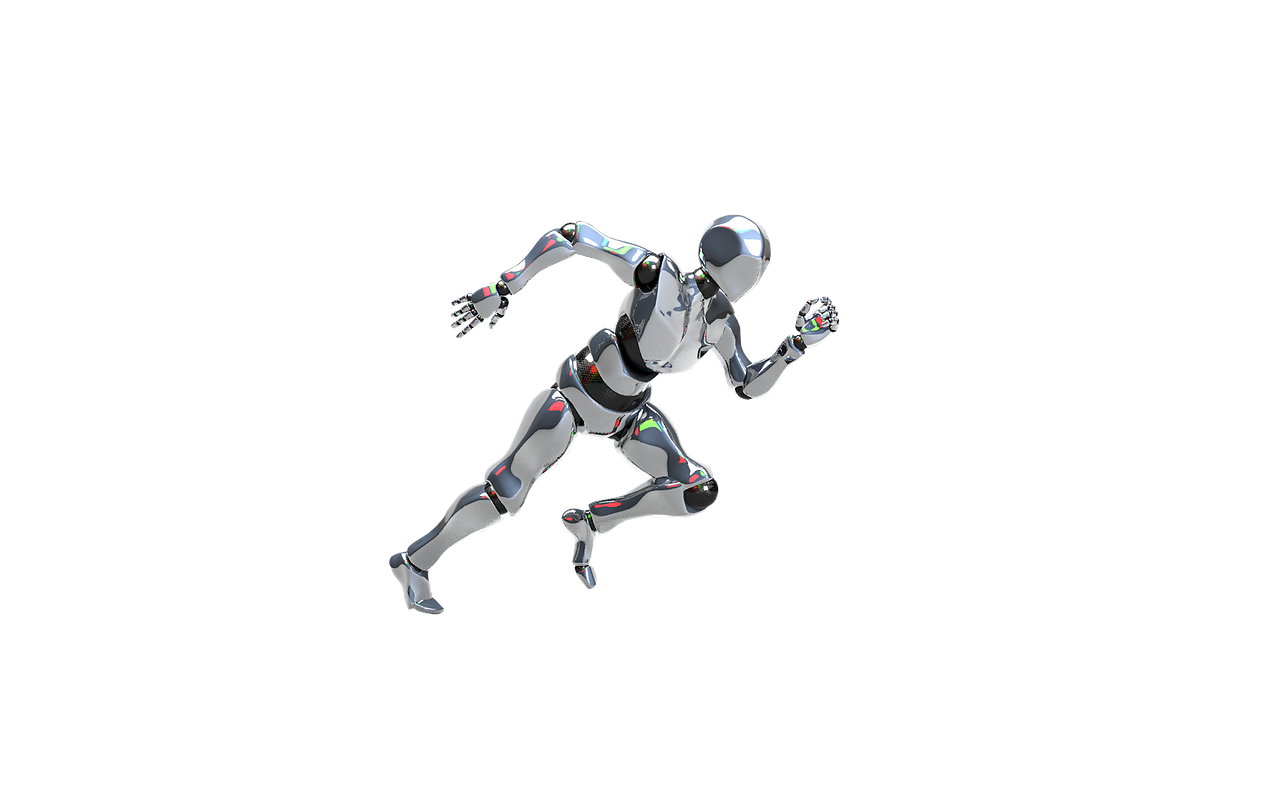Artificial intelligence (AI) research is rapidly transforming our world, impacting everything from healthcare and finance to transportation and entertainment. Understanding the current landscape of AI research, its advancements, and its potential future applications is crucial for anyone looking to stay ahead in today’s increasingly tech-driven society. This blog post will delve into the key areas of AI research, providing a comprehensive overview of the field and its implications.
The Core Areas of AI Research
AI research encompasses a broad range of disciplines, each focusing on different aspects of creating intelligent systems. These core areas are continuously evolving, driven by innovation and the need to solve complex problems.
Machine Learning (ML)
Machine learning is arguably the most prominent area of AI research. It focuses on developing algorithms that allow computers to learn from data without explicit programming.
- Supervised Learning: Algorithms learn from labeled data to make predictions or classifications. For example, training an algorithm on a dataset of images of cats and dogs to identify future images correctly.
- Unsupervised Learning: Algorithms identify patterns and structures in unlabeled data. Cluster analysis is a prime example where the algorithm groups data points based on similarity. Useful in market segmentation and anomaly detection.
- Reinforcement Learning: An agent learns to make decisions in an environment to maximize a reward. This is widely used in robotics and game playing (e.g., training an AI to play chess or Go). A practical example is training a self-driving car to navigate traffic.
Natural Language Processing (NLP)
NLP focuses on enabling computers to understand, interpret, and generate human language.
- Text Classification: Categorizing text into predefined categories (e.g., sentiment analysis, spam detection). Example: Analyzing customer reviews to determine overall customer satisfaction.
- Machine Translation: Automatically translating text from one language to another (e.g., Google Translate). Advancements are continually being made to improve accuracy and fluency.
- Chatbots and Virtual Assistants: Developing conversational agents that can interact with humans in natural language (e.g., Siri, Alexa). These applications are becoming increasingly sophisticated, capable of handling more complex queries and tasks.
Computer Vision
Computer vision aims to enable computers to “see” and interpret images and videos.
- Object Detection: Identifying and locating objects within an image or video (e.g., detecting pedestrians in a self-driving car).
- Image Recognition: Identifying the content of an image (e.g., recognizing faces, identifying landmarks). Used extensively in security systems and facial recognition technology.
- Image Segmentation: Dividing an image into multiple segments, each representing a distinct object or region. Crucial for medical image analysis and autonomous navigation.
Robotics
Robotics integrates AI with mechanical engineering to create intelligent robots that can perform tasks autonomously.
- Autonomous Navigation: Robots that can navigate their environment without human intervention (e.g., self-driving cars, warehouse robots).
- Human-Robot Interaction: Designing robots that can interact with humans in a safe and intuitive manner. Examples include collaborative robots (cobots) working alongside humans in manufacturing.
- Robotic Process Automation (RPA): Automating repetitive, rule-based tasks using software robots. RPA is widely used in business to streamline processes and improve efficiency.
Advancements in AI Research
The field of AI is continually evolving, with breakthroughs occurring at an accelerating pace. Some notable recent advancements include:
Deep Learning Breakthroughs
Deep learning, a subset of machine learning, has achieved remarkable success in recent years.
- Convolutional Neural Networks (CNNs): Revolutionized computer vision by enabling highly accurate image recognition and object detection. Applications range from medical imaging to autonomous vehicles.
- Recurrent Neural Networks (RNNs) and Transformers: Enhanced natural language processing by allowing models to understand and generate sequential data. Transformers, in particular, have become the dominant architecture in NLP.
- Generative Adversarial Networks (GANs): Can generate realistic images, videos, and other data. Used in creative applications such as art generation and creating synthetic data for training AI models.
Ethical AI
As AI becomes more integrated into our lives, ethical considerations are becoming increasingly important.
- Bias Detection and Mitigation: Developing techniques to identify and correct biases in AI algorithms to ensure fairness and prevent discrimination.
- Explainable AI (XAI): Making AI decision-making processes more transparent and understandable to build trust and accountability. For example, ensuring a loan application decision can be explained to the applicant.
- Privacy-Preserving AI: Developing AI techniques that protect the privacy of sensitive data while still allowing for effective analysis and modeling. Examples include federated learning and differential privacy.
Quantum Computing and AI
The intersection of quantum computing and AI holds the potential to revolutionize both fields.
- Quantum Machine Learning: Developing quantum algorithms that can speed up machine learning tasks, such as pattern recognition and optimization.
- Quantum Neural Networks: Exploring the use of quantum computers to train and run neural networks, potentially leading to significant performance improvements.
- Quantum Data Analysis: Using quantum algorithms to analyze large datasets and extract insights that are difficult or impossible to obtain with classical computers.
Practical Applications of AI Research
AI research is not confined to academic labs; it has a wide range of practical applications across various industries.
Healthcare
- Medical Diagnosis: AI algorithms can analyze medical images (X-rays, MRIs) to detect diseases and anomalies with high accuracy.
- Drug Discovery: AI can accelerate the drug discovery process by identifying promising drug candidates and predicting their effectiveness.
- Personalized Medicine: AI can tailor treatment plans to individual patients based on their genetic makeup, lifestyle, and medical history.
Finance
- Fraud Detection: AI algorithms can detect fraudulent transactions in real-time, protecting businesses and consumers from financial losses.
- Algorithmic Trading: AI can automate trading decisions, optimizing investment strategies and maximizing returns.
- Risk Management: AI can assess and manage financial risks by analyzing large datasets and identifying potential vulnerabilities.
Transportation
- Self-Driving Cars: AI is the core technology behind self-driving cars, enabling them to navigate roads, avoid obstacles, and make decisions without human intervention.
- Traffic Management: AI can optimize traffic flow by analyzing real-time traffic data and adjusting traffic signals accordingly.
- Logistics and Supply Chain: AI can optimize logistics and supply chain operations by predicting demand, optimizing routes, and managing inventory.
Retail
- Personalized Recommendations: AI algorithms can analyze customer data to provide personalized product recommendations, increasing sales and customer satisfaction.
- Inventory Management: AI can optimize inventory levels by predicting demand and ensuring that products are always in stock.
- Customer Service: AI-powered chatbots can provide instant customer support, answering questions and resolving issues quickly and efficiently.
The Future of AI Research
The future of AI research is bright, with numerous exciting possibilities on the horizon.
Artificial General Intelligence (AGI)
- AGI aims to create AI systems that possess human-level intelligence and can perform any intellectual task that a human being can.
- Achieving AGI would represent a significant milestone in AI research, with potentially transformative implications for society.
Neuro-inspired AI
- Neuro-inspired AI seeks to develop AI systems that are inspired by the structure and function of the human brain.
- This approach may lead to more efficient and robust AI algorithms, as well as a better understanding of the human brain itself.
Explainable and Ethical AI
- Future research will focus on making AI systems more transparent, accountable, and ethical.
- This will involve developing new techniques for bias detection and mitigation, as well as creating frameworks for responsible AI development and deployment.
Conclusion
AI research is a dynamic and rapidly evolving field with the potential to transform our world in profound ways. From machine learning and natural language processing to computer vision and robotics, AI is already impacting numerous industries and aspects of our lives. As AI continues to advance, it is crucial to understand its capabilities, limitations, and ethical implications. By staying informed about the latest developments in AI research, we can harness its power for good and shape a future where AI benefits all of humanity.




